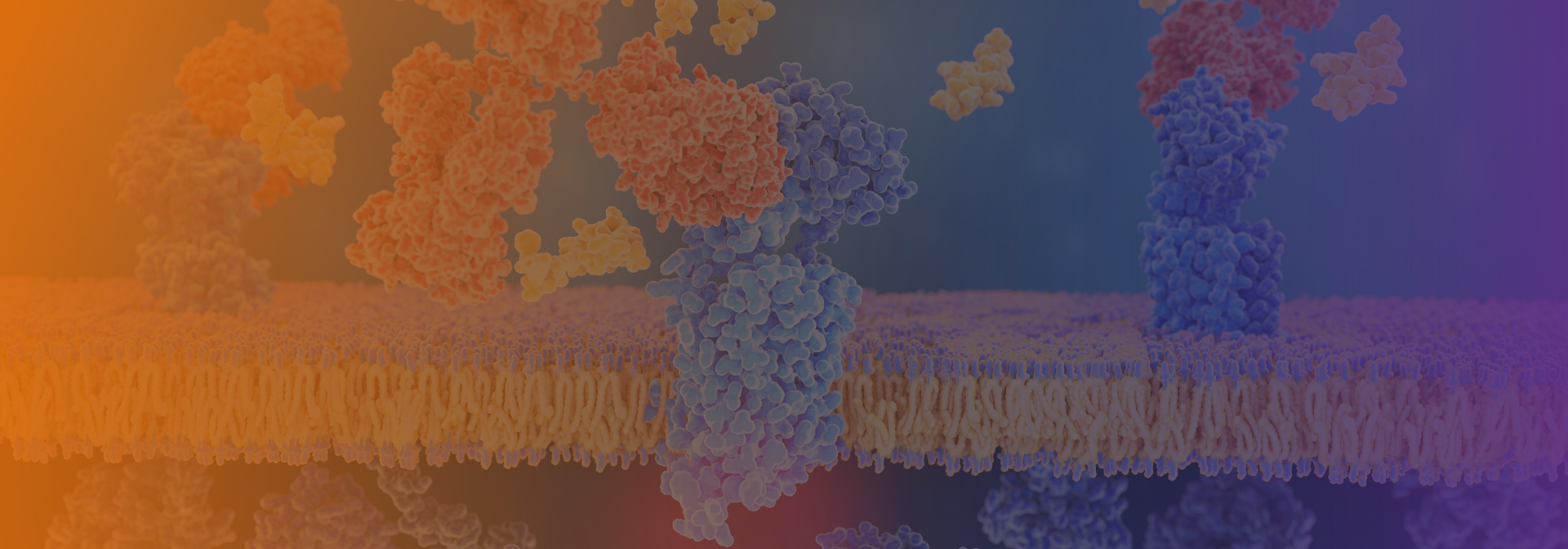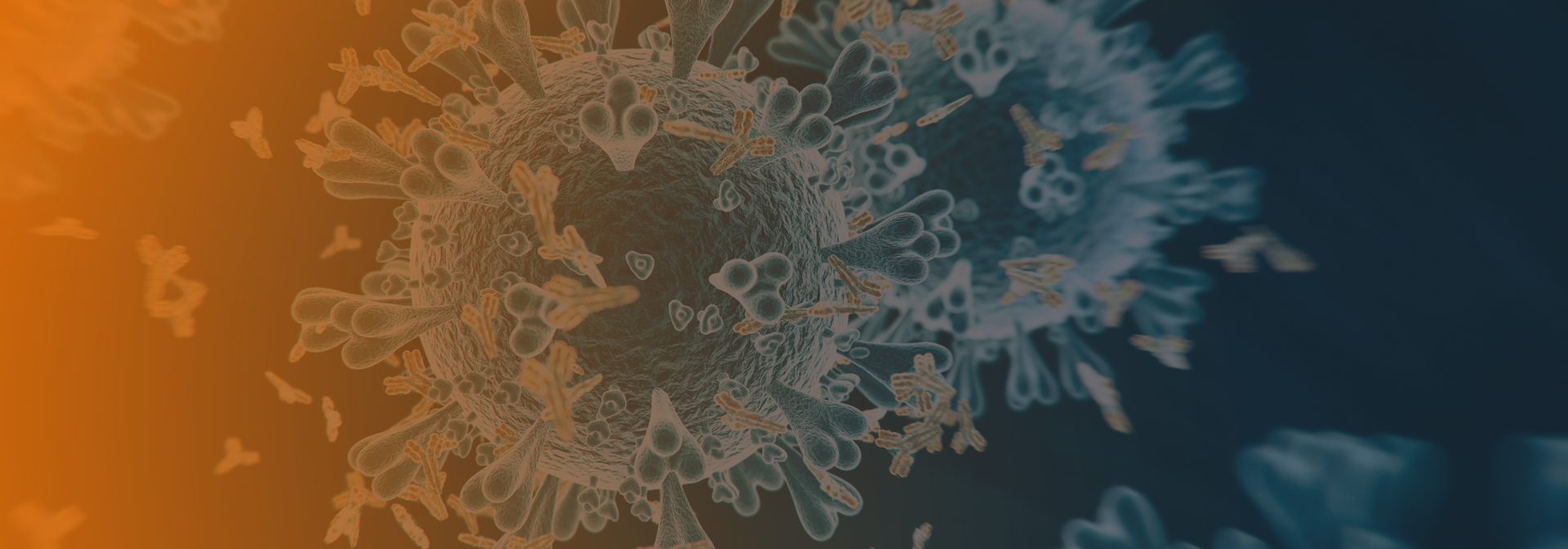Cleavage of GST Fusion Proteins With PreScission Protease
Introduction
Recombinant proteins are commonly expressed as translational fusions to Glutathione S-transferase (GST). GST is a naturally occurring 26 kDa protein found in eukaryotic cells. The GST moiety binds with high affinity to glutathione coupled to a Sepharose matrix (Glutathione Sepharose). This binding is reversible and the protein can be eluted under mild, non-denaturing conditions by the addition of reduced glutathione to the elution buffer.
Removal of the GST tag is often necessary to be able to perform functional or structural studies of the target protein. A specific protease site engineered between the GST moiety and the protein of interest allows removal of the GST moiety from the target recombinant protein. The GST can then be removed from the sample by re-chromatography on a glutathione column, and the protein of interest purified to homogeneity by other techniques such as gel filtration or ion exchange.
Fusion proteins produced from a variety of E. coli pGEX vectors carry a PreScission Protease cleavage motif between the GST moiety and the cloned fusion partner. PreScission Protease is a genetically engineered fusion protein consisting of human rhinovirus 3C protease and GST. It specifically cleaves between the Gln and Gly residues of its recognition sequence of LeuGluValLeuPheGln/GlyPro.
PreScission Protease itself has a GST tag and therefore will bind to Glutathione Sepharose; it will thus not co-elute and contaminate the cleaved target protein. Cleavage with PreScission Protease is very specific, and maximum cleavage is obtained in the cold (the protein is most active at 5°C), thus improving the stability of the target protein. It can be used either following affinity purification or while fusion proteins are bound to Glutathione Sepharose columns. The molecular weight of PreScission Protease is approximately 46 kDa.
Protocol
The following protocol describes the steps for cleavage of GST-fusion proteins with PreScission Protease:
Note: The amount of PreScission Protease, temperature, and length of incubation required for complete digestion varies according to the specific GST-tagged protein produced. Optimal conditions should always be determined in pilot experiments. It is recommended that samples be removed at various time points and analyzed by SDS-PAGE to estimate the yield, purity, and extent of digestion during pilot experiments.
PreScission Protease is provided at a concentration of 2U/μl (833 to 1000 U/mg) in Storage Buffer (50 mM Tris-HCl, 150 mM NaCl, 10 mM EDTA, 1 mM dithiothreitol, pH 8.0, 20% glycerol). Store the solution in small aliquots at -20°C in order to preserve activity.
Unit Definition: One unit will cleave ≥ 90% of 100 μg of a test GST-fusion protein in Cleavage Buffer at 5°C for 16 hours.
Cleavage buffer preparation (before digestion): 50mM Tris-HCl, 150 mM NaCl, 1 mM EDTA, 1 mM DTT, pH 7.0 at 25°C. Chill to 5°C prior to use.
Note: Digestion may be improved by adding TritonTM X-100, TweenTM 20, NonidetTM, or NP40 to a concentration of 0.01%. Concentrations of these detergents up to 1% do not inhibit PreScission Protease activity.
Prescission protease can be used for fusion protein cleavage in two ways:
1. On-column cleavage
2. Cleavage in solution
On-column cleavage protocol: The removal of GST tags from target fusion proteins while they are still bound to the purification column is recommended as it facilitates cleavage of target protein and removal of the PreScission Protease from the sample in the same step. The fusion partner which has been cleaved from the GST moiety will be present in the flow-through whereas both PreScission Protease and the GST moiety will remain bound to the Glutathione Sepharose. Residual PreScission Protease remaining in the flow-through, if any, can be removed by passing the sample over fresh Glutathione Sepharose.
Step 1.
- Bind the GST fusion protein sonicate to the…..

kbDNA, INC.
125 Cambridgepark Dr.
Cambridge, MA 02140
Company
Contact Us
Phone:
+1 (781) 206-2235
Fax:
+1 (781) 206-2258
Email:
info@kbDNA.com
Useful Links
The kbDNA Inc. Quality Management Network is certified as conforming to ISO 9001:2015 standard. Request Certificate












